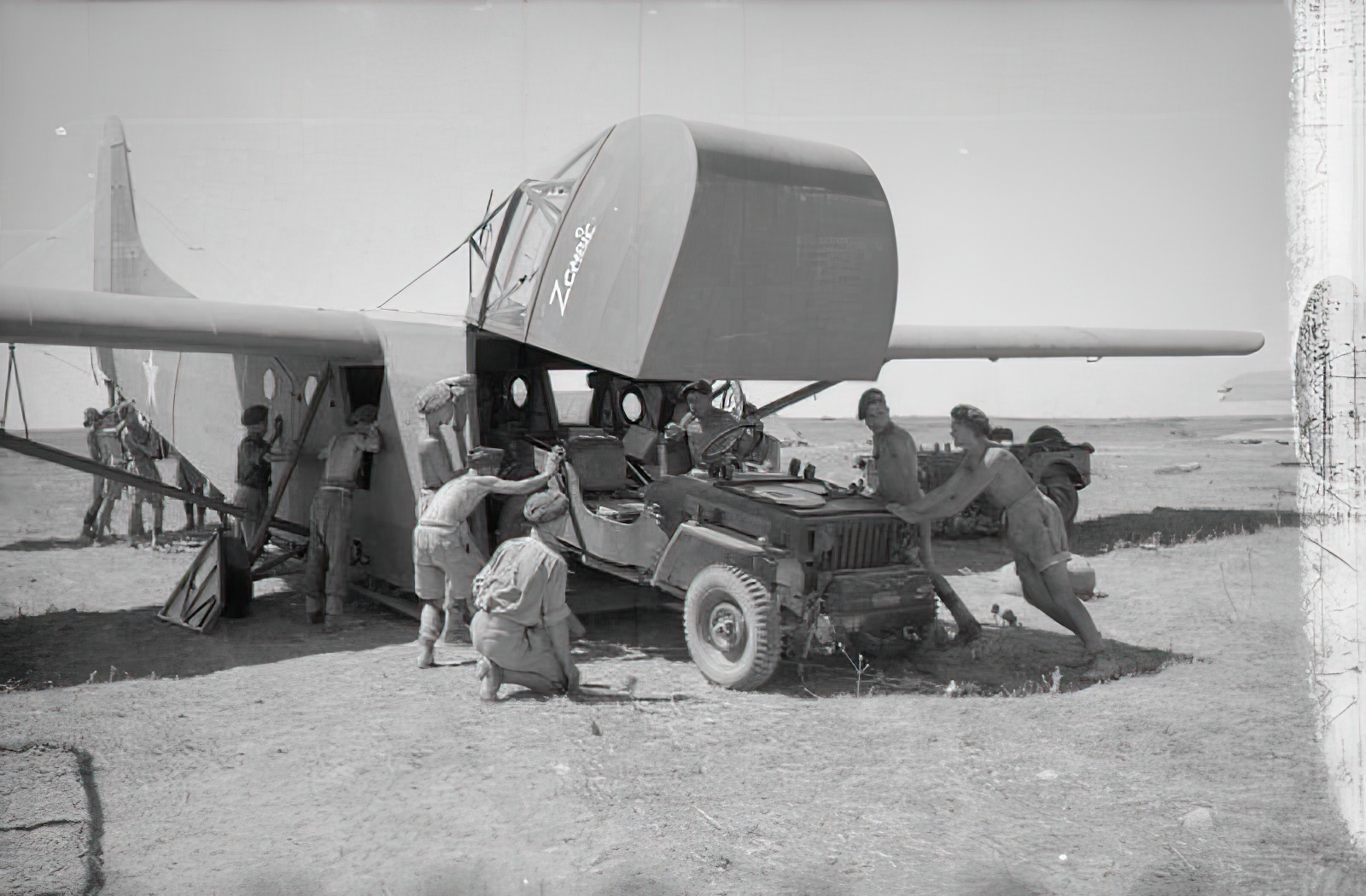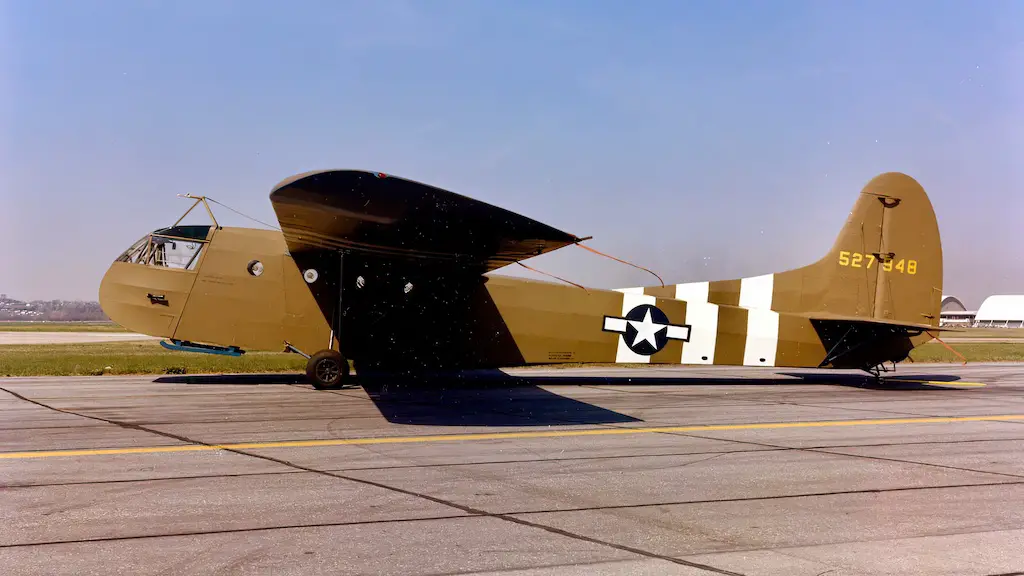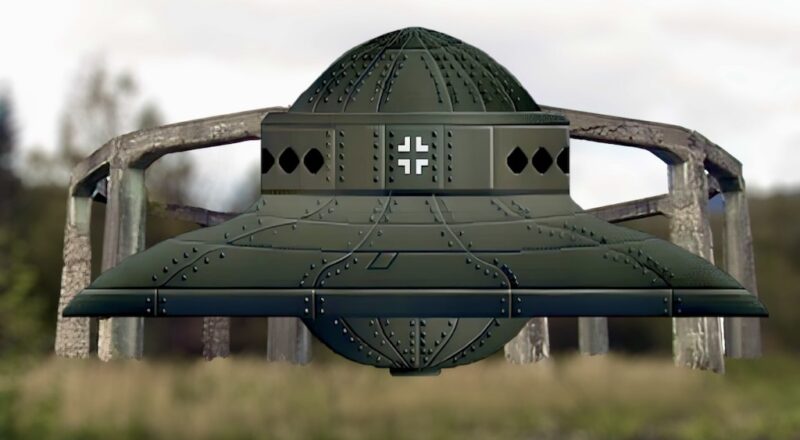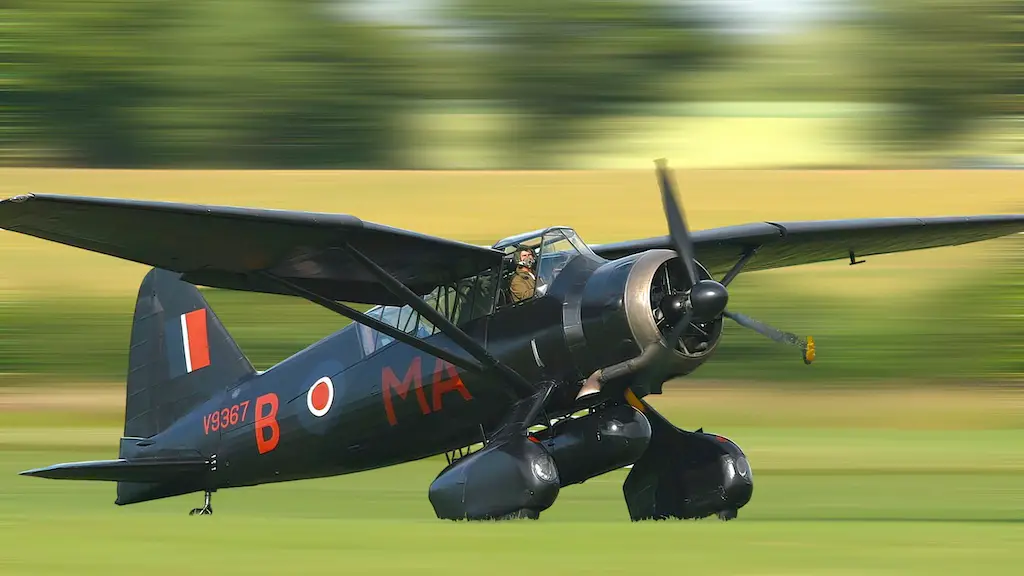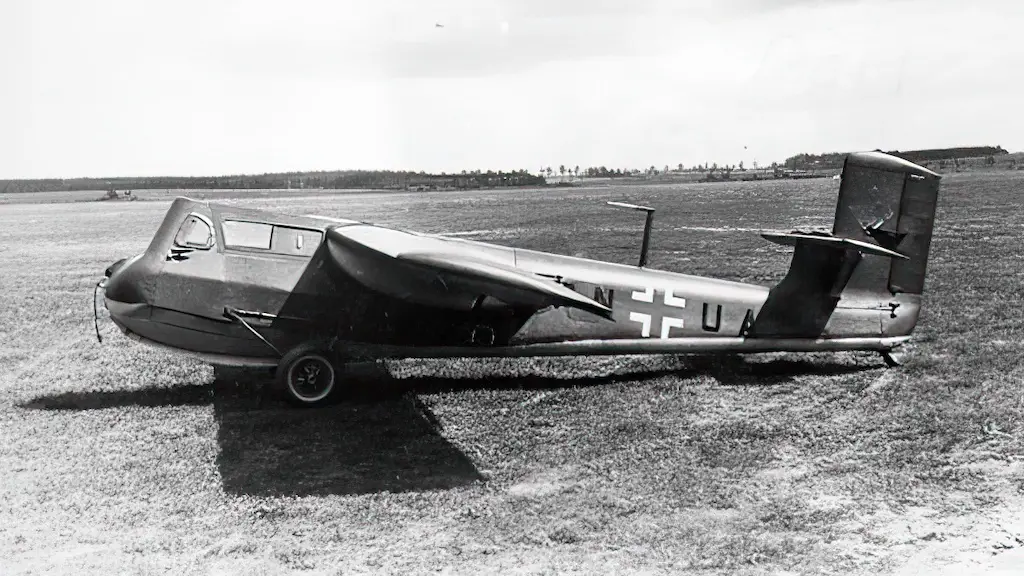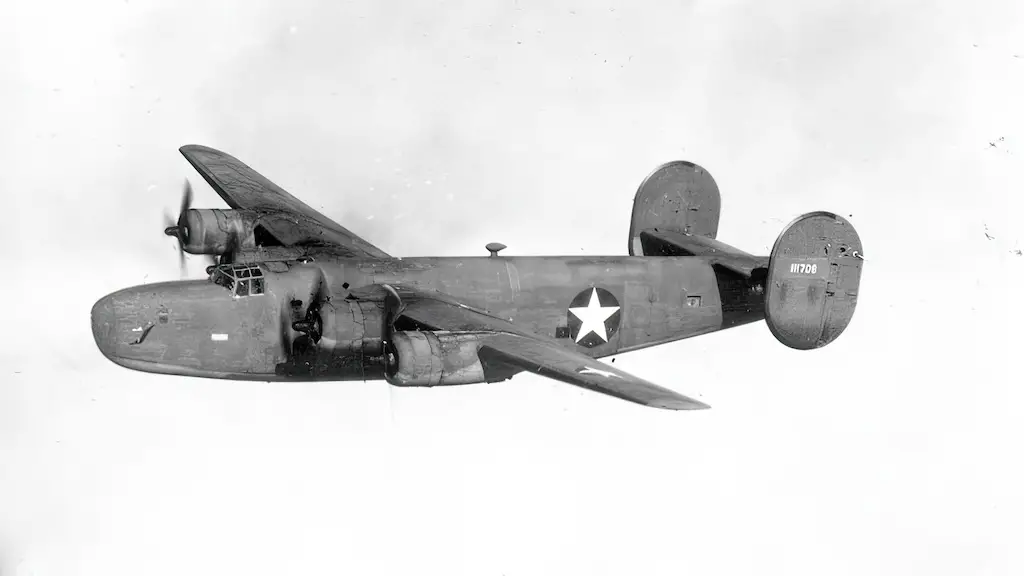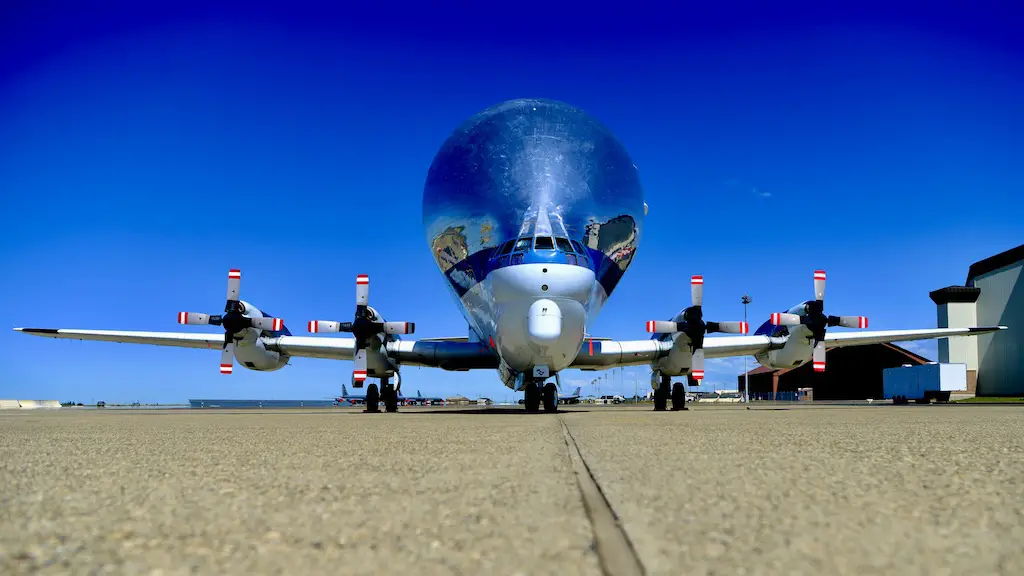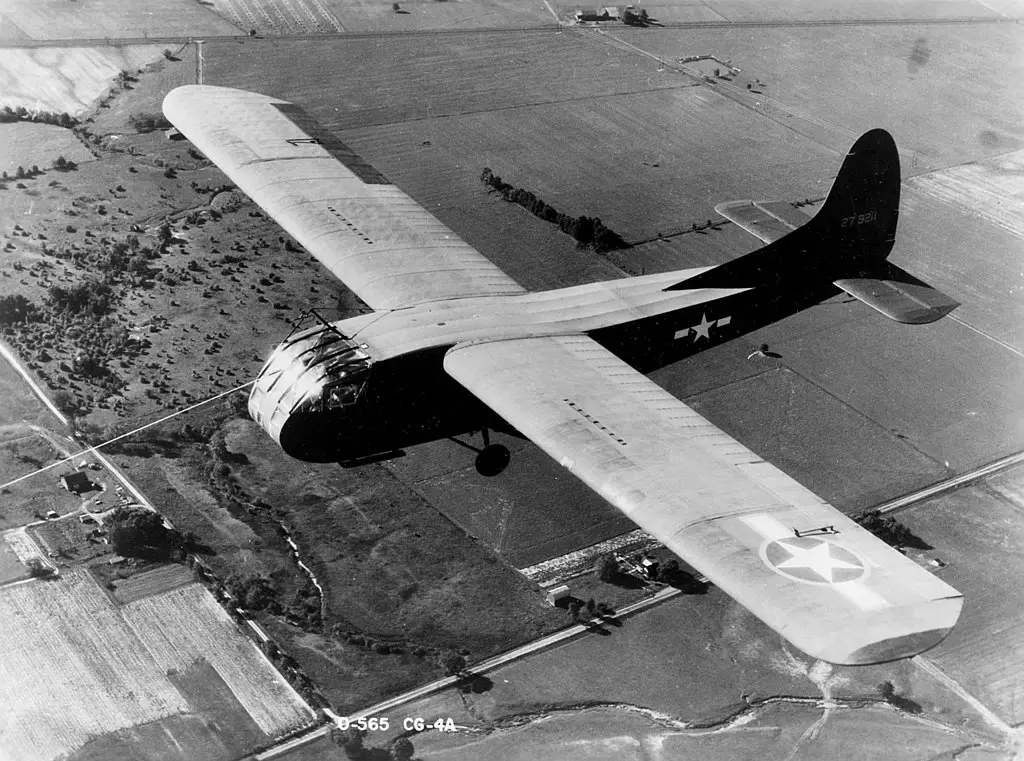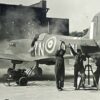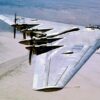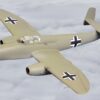Wings without engines, gliding silently through the skies during World War II, played a pivotal role in the war’s crucial airborne operations. Among these, the Waco CG-4, also known as the Hadrian by the British, stands out as America’s premier military glider.
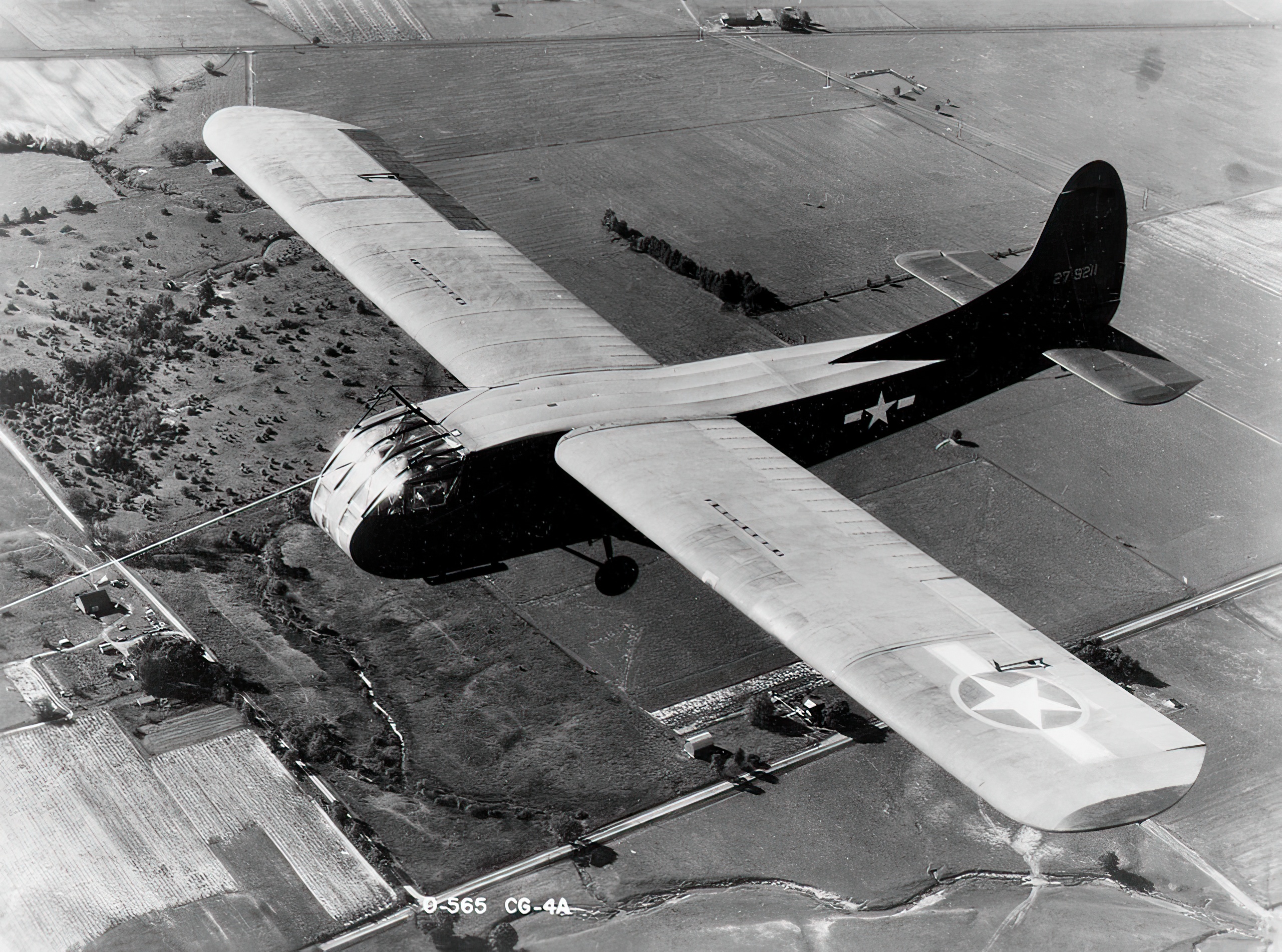
The Birth of the Waco CG-4
When one thinks of World War II aircraft, roaring fighter planes or massive bombers often come to mind. But behind the scenes, the Waco CG-4 was making a name for itself. Designed by the Waco Aircraft Company, this glider first took to the skies for flight tests in May 1942. A whopping 13,900 units were produced in the years that followed. Built primarily of fabric-covered wood and metal, it signaled a blend of traditional craftsmanship and the pressing urgency of war.
The vast manufacturing landscape of America came together for the Waco CG-4. From the Ford Motor Company’s plant in Kingsford, Michigan, which produced a remarkable 4,190 units, to smaller manufacturers scattered around the nation, the collective effort was nothing short of impressive. Despite the diverse assembly points, the outcome was consistently high-quality gliders ready for combat.
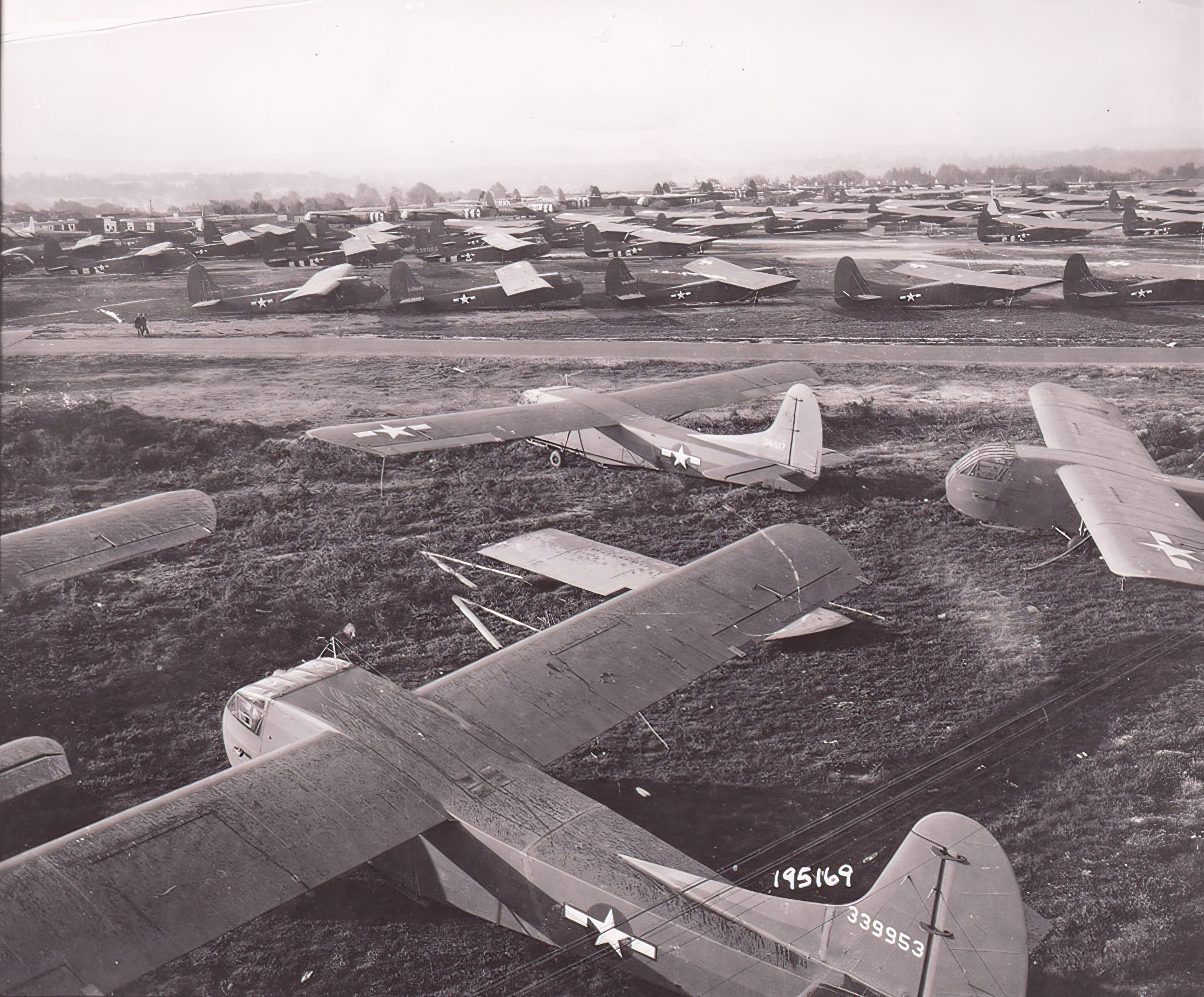
Stepping Inside the CG-4
Stepping into the cockpit of the CG-4 was akin to entering a minimalist’s domain. With accommodations for a pilot and copilot, the design was uncomplicated and functional. The primary mission was evident – transport and deployment.
Beyond the cockpit, the CG-4 showcased remarkable versatility. It had the capacity to ferry 13 fully-equipped troops into battle zones. Alternatively, its spacious interior could accommodate a Jeep, a 75mm howitzer, or a 1⁄4-ton trailer. The loading was made efficient by an upward-hinged nose section, allowing for rapid deployment upon landing.
Into the Heat of Battle
Deployed for the first time in July 1943, the CG-4 faced the fiery trials of the Allied invasion of Sicily. Flying 450 miles from North Africa, these gliders embarked on challenging nighttime missions. Adverse conditions and inexperience led to significant losses. However, lessons learned from early operations paved the way for successful engagements in Normandy, the Netherlands, and far-flung regions like the China Burma India Theater.
While the British had their larger gliders, the Horsa and the Hamilcar, the CG-4’s smaller size became an advantage, allowing it to access tighter landing zones. One of its most notable features was its capability to be “picked up” from the ground by an airborne plane, a maneuver used effectively in various rescue operations.
Beyond conventional battle zones, the CG-4 also played a vital role in supporting partisans in Yugoslavia. Its silent approach allowed for stealthy supply drops, aiding resistance efforts against Axis powers.
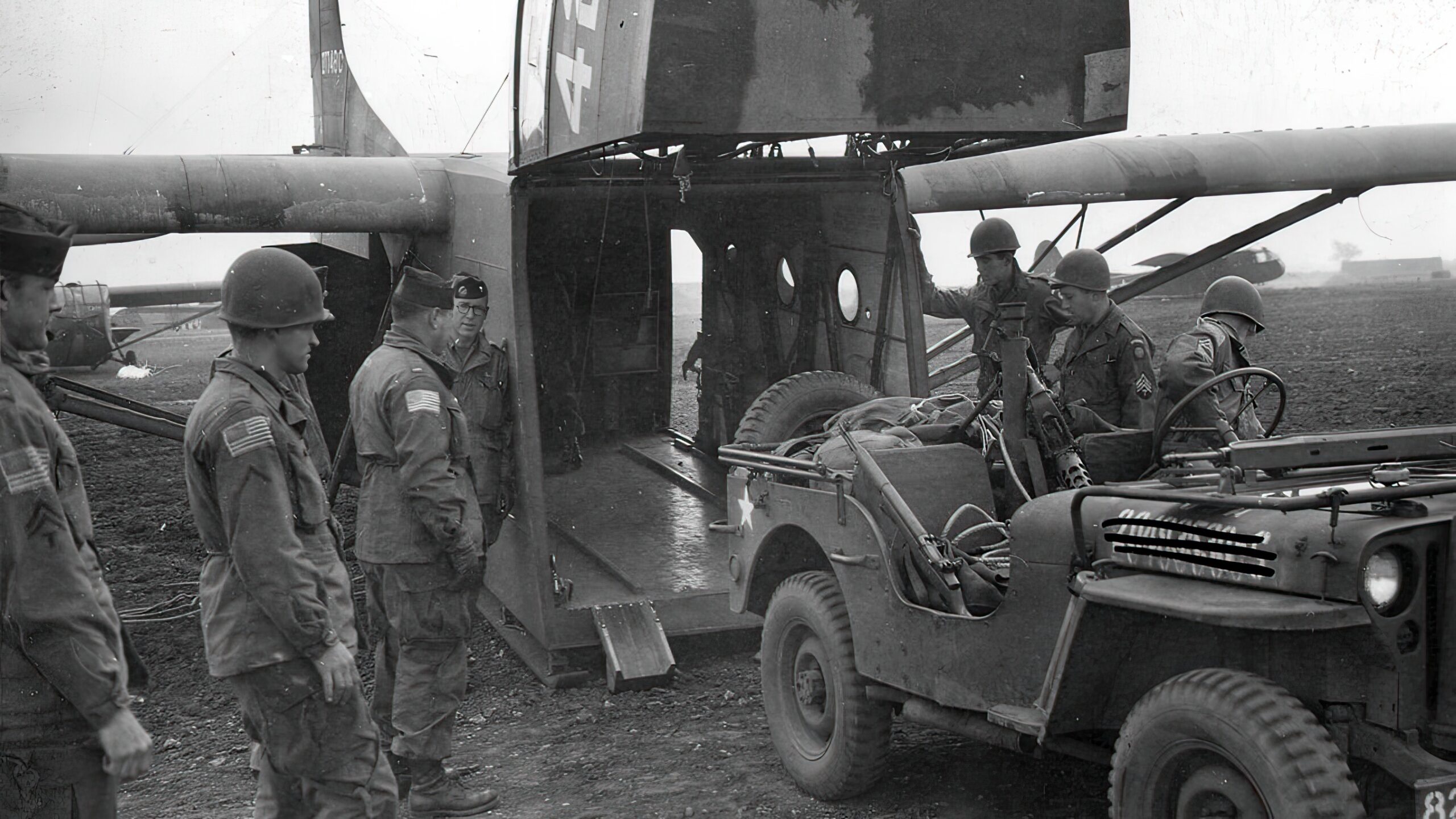
Post-War Legacy
When the dust of World War II settled, the gliders’ role diminished. The majority of the remaining CG-4s were sold off, their parts repurposed for civilian use. Some transformed into camping homes, while others became quaint lakeside cabins.
However, the CG-4’s service didn’t end with the war. In the 1950s, an Arctic detachment of the USAF utilized the glider for scientific research. Fitted with wide skis, the gliders transported personnel to and from floating ice floes, showcasing their adaptability once again.
The Waco CG-4 stands as a testament to innovation, adaptability, and the sheer will to win. In a war dominated by stories of powerful tanks, roaring engines, and massive naval fleets, the silent wings of the CG-4 glider found their unique, indispensable place.
